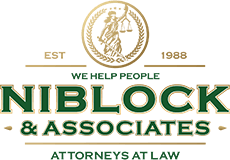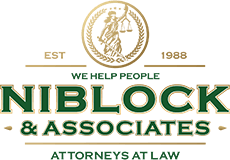Some experiences that are easily entered into are often agonizingly difficult to unwind, and fraught with human and economic cost. Unfortunately, it is often only after a situation or classes of debt gets ugly that we become educated on the real cost.
From a legal perspective, classes of debt can be divided into two major categories — secured or unsecured. Many subcategories exist within those broad overriding categories. From a legal perspective, the most practically important of these sub-categories is whether or not the underlying debt is recourse or non-recourse.
SECURED DEBT
First, let’s look at secured debt. The most familiar secured debt is a mortgage or deed of trust. The debt that is incurred are the funds borrowed for the purpose of buying a home or other real estate such as rental and commercial property. The security for repayment of the debt is the home or other real property purchased or encumbered.
The term “secured” means that the asset cannot be transferred without an assumption of the underlying debt by the buyer or transferee. Upon a sale or transfer, the secured debt must be paid before the property is free of the lien. Simply put, secured debt follows the asset, not necessarily the borrower. Secured debt is generally part of a recording system that provides notice to all third parties that an asset is not “free and clear,” but instead is subject to a lien.
Secured debt can be used in vehicle purchases, as well as furniture and electronics sales. Just as in real estate transactions, properly filed or recorded notices protect the secured character of the obligation. Failure to perfect that notice by proper and timely recording or filing may effectively downgrade the secured debt to an unsecured one.
NON-RECOURSE SECURED DEBT
With residential real property, liability for the loan balance on a defaulted mortgage is very often non-recourse, meaning the lender’s sole remedy for repayment where the borrower defaults is take the property back, not pursue the borrower. The few exceptions to this limitation generally involve some degree of borrower fraud or misrepresentation.
Non-recourse characterization does not routinely apply to rental properties, and most certainly does not follow personal property secured loans such as vehicles, furniture and the like. In those cases, property can be repossessed, sold at auction, and the lender is free to then seek a judgment for any repayment deficiency left after the repossession and sale.
UNSECURED DEBT
Unsecured debt is represented by monies borrowed or products purchased on credit based only on a borrower’s independent ability to repay. Credit cards and school loans constitute a huge part of this subset. This type of debt is recourse, meaning that the borrower, and all of the borrower’s non-exempt assets upon is liable to satisfy the repayment obligation.
When bankruptcy is filed, recourse, non-secured liabilities, with the notable exception of school loans, are most easily discharged or relieved depending on the bankruptcy chapter filed. Credit cards, deficiency judgments, medical bills, and other like debt goes away. Secured debt, in the overwhelming number of situations, remains on record against the security in spite of any bankruptcy filing.


